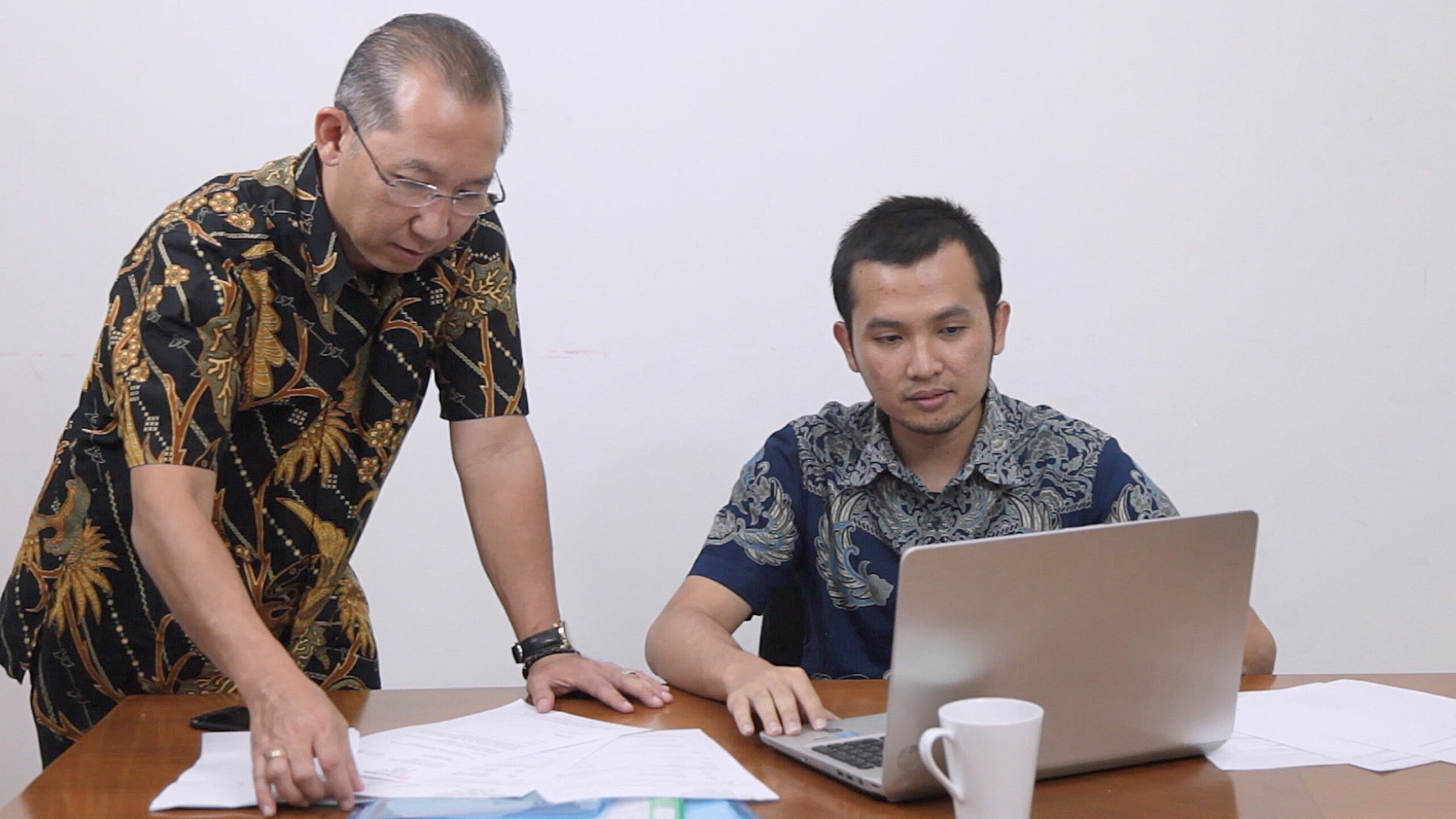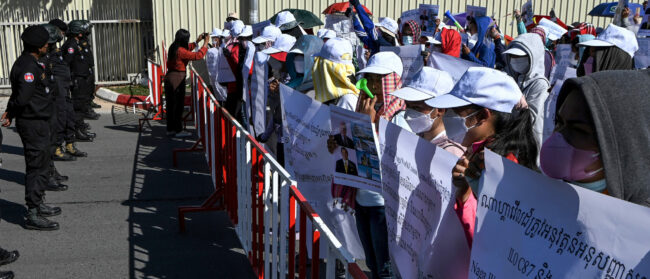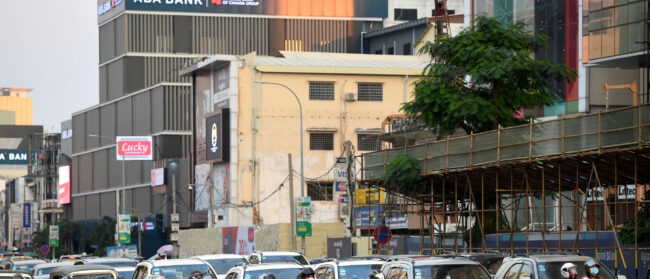Sandiaga Uno, Indonesia’s minister of tourism and the creative economy, has a top tip for anyone wishing to become a millionaire.
“First, become a billionaire. Then, join the public sector.”
As the archipelago works to rebuild its pandemic-ravaged economy, the jest from the entrepreneur turned civil servant took a serious turn as he called on private investment to help support Southeast Asia’s vulnerable communities and work towards sustainable recovery.
Uno’s statement was among the opening remarks of the annual conference hosted by the Asian Venture Philanthropy Network (AVPN), Asia’s largest social investment community, matching investors and their funds with initiatives that will drive social and environmental benefit. A side event of Indonesia’s 2022 G20 Summit, the 21–24 June conference marked AVPN’s 10th year.
The event was also a milestone for the Global Innovation Fund (GIF), a London-headquartered, nonprofit investment organisation backed by various government organisations, including the U.K.’s Foreign and Commonwealth Development Office, Australia’s Department of Foreign Affairs and Trade and the U.S. Agency for International Development.
Southeast Asia has experienced an increase in impact investing, which involves corporate or private funds directed towards initiatives resulting in measurable environmental or social benefits. But the region’s distinct state ideologies and philanthropic cultures may not neatly fit into established Western models and standards.
GIF’s launch is a timely symbol of what AVPN CEO Naina Subberwal Batra described as the start of “an Asian decade” of impact investing. According to the International Finance Corporation, an estimated $2.3 trillion has been invested globally since the start of the decade with the mandate of achieving positive impacts. East and Southeast Asia are the most rapid risers, upping their impact investing growth rate by 23% in 2020.
“There has always been a need for impact investment but the last few years have really given us pause for thought,” said Katie Carrasco, GIF’s head of environmental, social and governance, who leads the Singapore function. While poverty surged globally following the outbreak of Covid-19, in Southeast Asia, where some of the world’s longest lockdowns lingered, 4.3 million people entered extreme penury and 9.3 million jobs were lost.

Emerging from a global health crisis has been a key trigger in turning investors’ attention towards portfolio additions with longer-term sustainable missions and the need to rebuild economies and communities devastated by the pandemic.
“In two years, we have seen all our sectors of life devastated,” Uno said. “It is important we take the best of these years… the innovations, the collaborations, to chart our way forward, to recover with better knowledge and sustainability.”
Singapore is capitalising on its position as a regional financial hub to steer this bandwagon. The city-state’s central bank and regulator, the Monetary Authority of Singapore, launched its first Green Bond Framework in early June to manage financial instruments designed to fund projects with positive environmental benefits. Weeks later, Temasek Trust, the philanthropic arm of government-owned investment company Temasek, launched its first Center for Impact Investing and Practices.
The existing network and appetite for impact investing was an important factor in GIF’s decision to make the Lion City its Asian base, according to Carrasco.
“Singapore has a great innovation ecosystem and a community of impact investors. We have key partners based here and from this angle it made sense to make this our base,” she said.
The city-state’s geographical location also makes it easier for GIF to be logistically well-connected and in tune with the demands of its stakeholders and portfolio companies.
“[One of the key challenges in Southeast Asia] is how trust-based everything is,” Carrasco said. “You really need to be present and communicate regularly. This can be a challenge for investors that are not near the work they are supporting.”

Even investors and organisations on the ground risk transferring models learnt from more mature impact investing markets in the West without understanding the idiosyncrasies of the cultures in which they want to operate.
“The way philanthropy and social investment has been approached in the West may not work for Asia. The solutions will come from the communities within,” Carrasco said.
While institutional corporate giving is a relatively recent concept in Southeast Asia, ingrained traditions and ideologies have helped breed a unique and long-standing culture of philanthropy. In Indonesia, Malaysia and Singapore, the concept of ‘Gotong-royong,’ meaning “carrying a shared load” in multiple Indonesian dialects, has spurred the use of pooled funds and materials to construct multiple public facilities including streets, irrigation systems and places of worship.
State ideologies can also inspire philanthropy. Vietnam’s government has mobilised private funds to plug the gaps in public sector funding for energy, healthcare and education projects. The country is estimated to need $237 billion by 2030 to address public infrastructure requirements. The National Assembly passed its first Public Private Partnership Law on 18 june 2020. The legal framework, which came into effect from the start of 2021, aims to attract more private investment towards public infrastructure.
International funds also face a lack of transparency when supporting governments achieve their environmental and social goals. Of the 19% of Indonesia’s national 2020 economic recovery package dedicated towards energy, 16.3% was dedicated to fossil fuels, a total of around $6.8 billion, according to the International Institute for Sustainable Development.
A 2020 United Nations-approved payment of $103.8 million for the prevention of deforestation in Indonesia, the largest fund of its kind, raised concerns from experts. International impact funds, such as the Green Climate Fund (GCF), established in 2010 as part of the UN Framework Convention on Climate Change, questioned the integrity of how the archipelago measured its deforestation reduction.
Hans Olav Ibrekk, a GCF board member and the energy and climate policy director at Norway’s Ministry of Foreign Affairs, pointed to the 20-year timeframe taken to measure forest-related emissions, noting in an interview with Mongabay that the GFC standard of 10–15 years would provide “higher environmental integrity.”
Chris Cattermole, ESG and advisory solutions lead at UL, an international safety and sustainability solutions provider, noted that different cultures can make measuring social impact especially challenging.
“For sure there are challenges in taking Western approaches to measuring impact in an Asian context,” he said. “For example, LGBT+ and gender data can be a lot more sensitive to collect and process in Asia… without knowledge of local (business) culture, projects may not succeed, or may not achieve outcomes Asian communities desire.”
As the trend for impact investing continues to grow, Carrasco believes this is a pivotal time for impact investment in Southeast Asia to grow: “As economies look set to account for half of all economic global output by 2050, there is huge scope for innovation that is scalable and impactful.”
In terms of meeting global standards, experts said progress is still needed.
“Against its impressive growth rate, Asia is losing ground in regards to achieving the UN Sustainable Development Goals,” Carrasco added. “This will impact on the most vulnerable, those living on less than $5 per day, women and girls and those highly exposed to the effects of climate change.”
Governments and policy-makers need to engage with funds and private-sector organisations to drive development throughout Asia and understand the unique investing and philanthropic cultures of the region. The investment world moves fast, but according to Uno, some global trends will pervade cultures and stand the test of time.
“I believe that there are few unstoppable trends in the world. Digitisation, sustainability, global health architecture,” he said. “These innovations will shape the next phase of Southeast Asia’s economic growth. What remains to be seen is how much investors will stake to mobilise these forces for wider social and environmental impact.
“Government cannot do it alone,” Uno said. “Public-private partnership is the key.”


